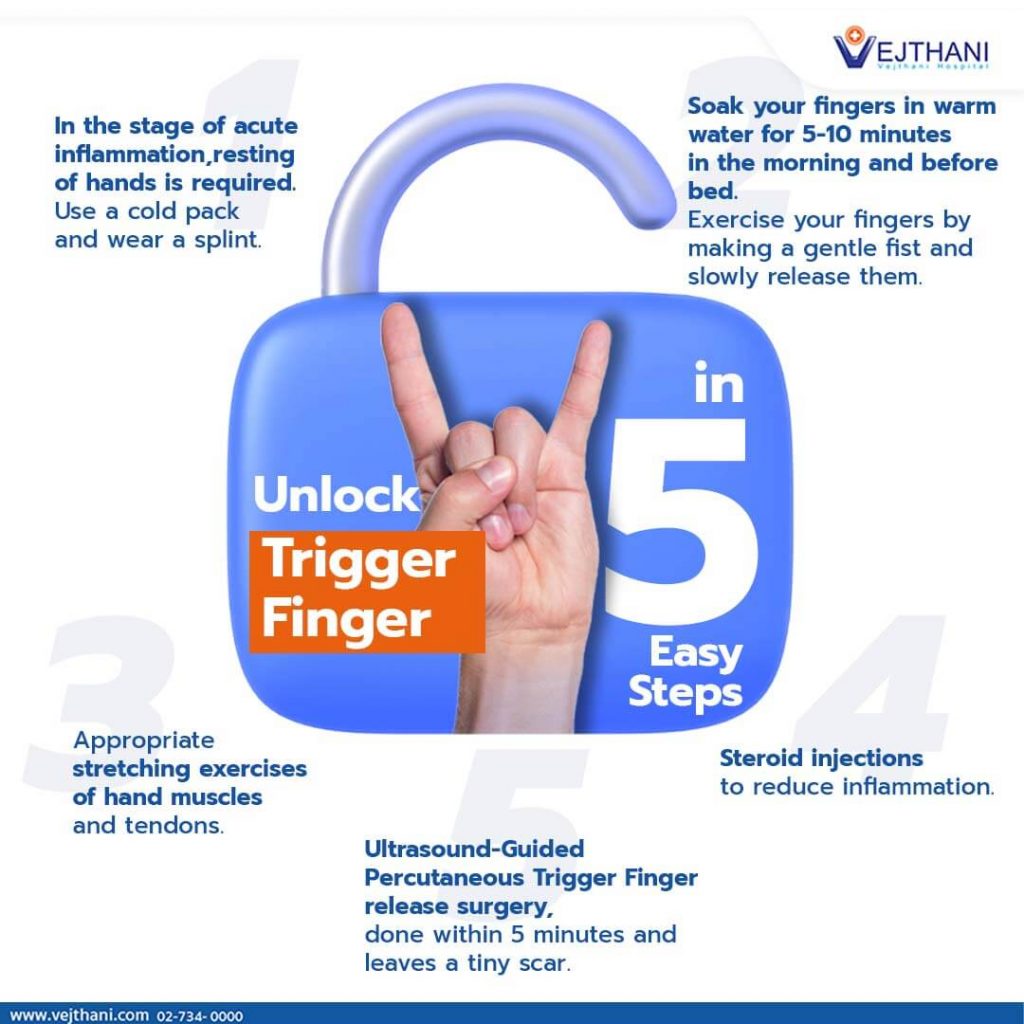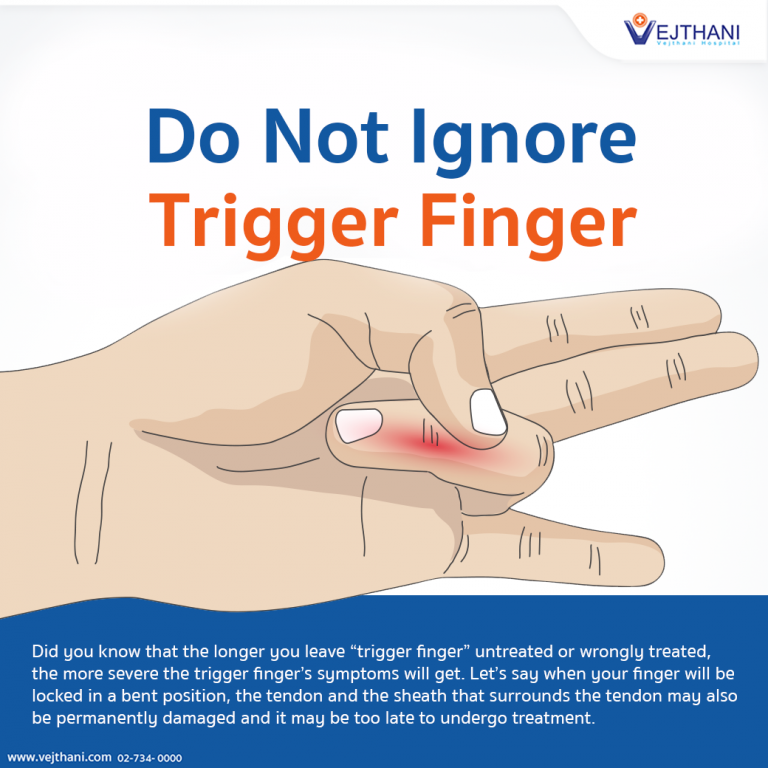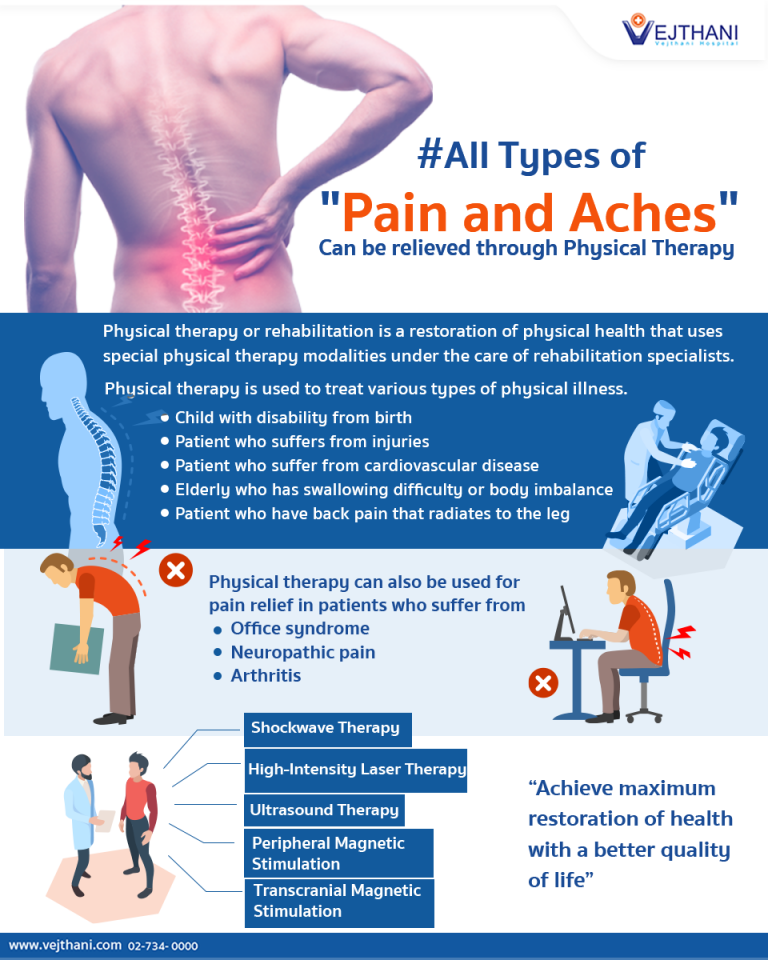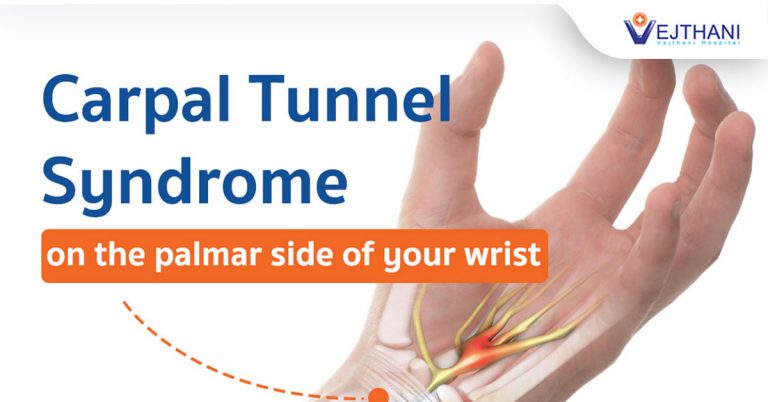

Trigger finger often arises from long-term behaviors or activities that involve constant hand movements such as carrying or lifting heavy objects for an excessive amount of time. Using tools that require continuous pressing or even activities that do not have a heavy workload but require long-term repetitive motions such as extreme uses of cell phones, tablets, or computers are some of the factors that can cause trigger finger. Initially, the symptoms can be noticed from pain, swelling, and stiffness around the base of the finger. The joints also get jammed when stretching or flexing.
Trigger Finger Treatment
- In the stage of acute inflammation, resting of hands is required, heavy hand workload should be paused. Use a cold pack and wear a splint to prevent your fingers from locking. Intake of medication is also required to relieve swelling, pain, and inflammation.
- Place your fingers in warm water for 5-10 minutes in the morning and exercise your fingers while they are soaked by making a gentle fist then spread all fingers apart. This process should be done slowly and gently in warm water.
- Stretching exercises for hand muscles and tendons should be done appropriately.
- Steroid injections will be used to reduce inflammation, pain, and swelling.
- Ultrasound-Guided Percutaneous Trigger finger release surgery is done in 5 minutes procedure. Currently, with the help of special advanced equipment, trigger finger release surgery is done under ultrasound guidance. The doctor will insert a needle into the affected tendon and poke the sheath to release the tendon. The sheath that is wrapped around the tendon will break apart like regular surgery. However, the lingering scar will be the size of a needle. After 24 hours, the bandage can be removed and your hands can be exposed to water as usual. The benefit of this procedure is, once the affected finger is treated; the condition does not recur.
- Readers Rating
- Rated 5 stars
5 / 5 ( Reviewers) - Spectacular
- Your Rating























